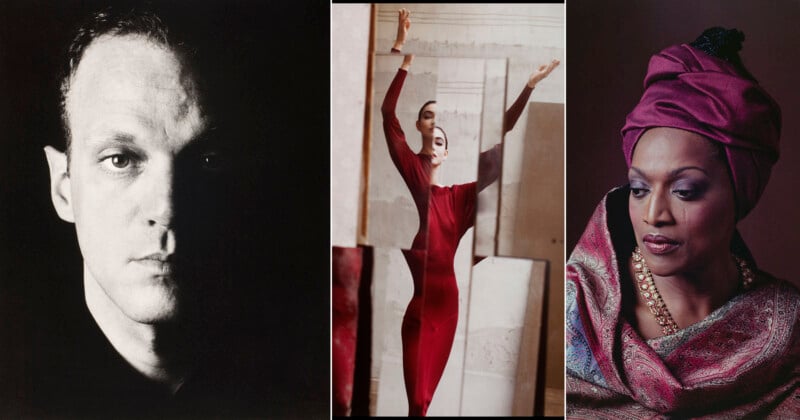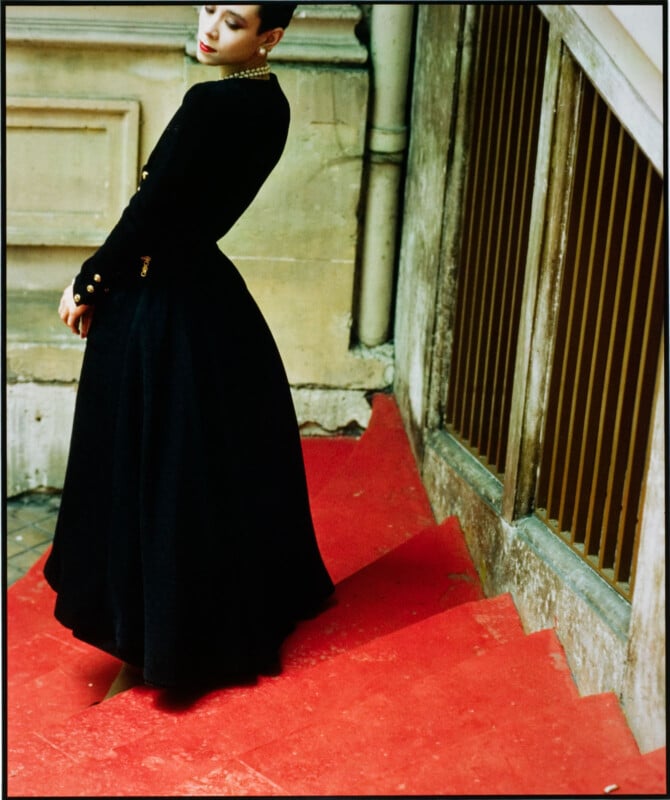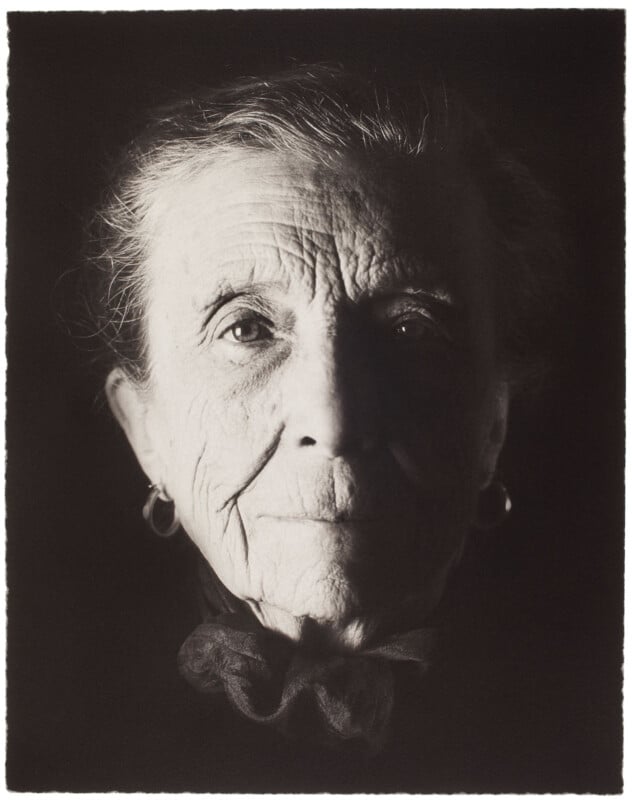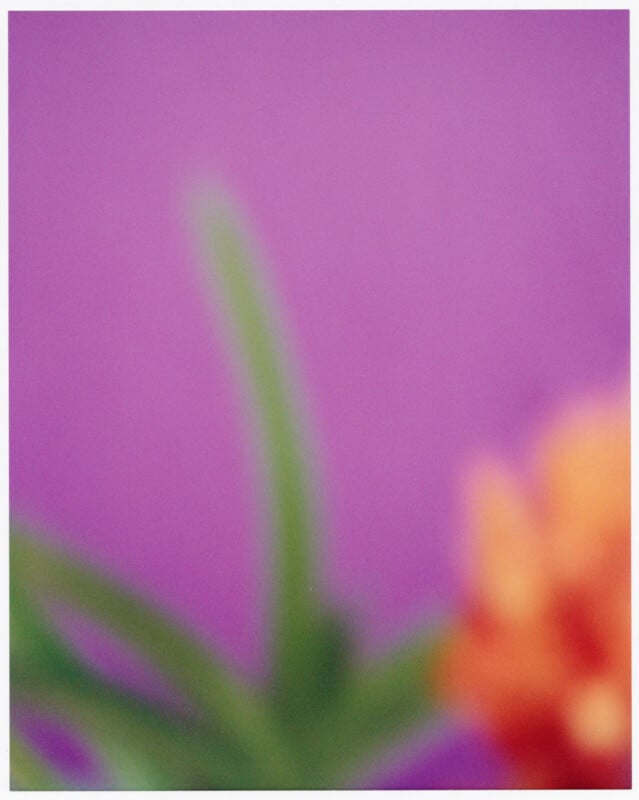Photographer David Seidner Was a Genre-Defining Artist

The late American fashion photographer David Seidner (1957-1999) was influential in his life, but his work has, sadly, gone underappreciated in the decades since his passing. The International Center of Photography (ICP) in New York City aims to change that through an ongoing exhibition of Seidner’s work called “Fragments.”
David Seidner Was a Groundbreaking Photographer Unbound By Rigid Genres
“Fragments” showcases a survey of Seidner’s fine art photography and portraiture from 1977 until 1999, the year he died due to an AIDS-related illness at only 42 years old. Throughout his career, Seidner routinely pushed artistic boundaries and defied easy categorization. Yes, he shot portraits and created fashion images, but his techniques and creative approach were far outside the norm.

The exhibit’s name comes from one of Seidner’s photographic techniques, fragmentation, where he split a subject across multiple parts of the frame through double exposures and reflections. This was quite the technical tour de force to pull off in the analog era. Although, it is not straightforward to do effectively in the digital age, either.


His subjects ranged from groundbreaking dancers to well-known artists, and his final project was an abstract series of still-life photography focused on orchids.
Beyond his personal work, he was also a prolific editorial photographer for world-famous publications like Harper’s Bazaar, Harper’s & Queen, The New York Times Magazine, Vanity Fair, and international editions of Vogue. The photographer even earned exclusive photography contracts with designers, including Yves Saint Laurent.


“Even though he photographed with and for the leading fashion designers of his time, Seidner was an artist who made work no matter where it appeared or how it circulated,” says Elisabeth Sherman, ICP’s Senior Curator and Director of Exhibitions and Collections.
“This quality of Seidner’s work — being at once timeless while expressing the particularity of his own voice — is exactly what drew me to him initially,” Sherman tells PetaPixel over email. “I also think the way in which he made his career, working between fashion, editorial, advertising, and contemporary art is truthful to how many photographers live and work but, not until recently, have they been able to acknowledge and celebrate these various facets of their careers and how they relate to one another. He was very prescient in that way.”


David Seidner was a pioneer, and it is long past due that his work receives the attention it deserves.
The ICP has been the repository for Seidner’s archive since 2001 when it was gifted to the organization. Sherman believes that today, with sufficient historical distance, people will have a better understanding of how innovative the photographer was throughout his career.
So far, visitors have proven her right.
“I think the most consistent takeaway is surprise and amazement at the strength and range of the work and the poignancy of seeing the whole of his career together for the first time,” Sherman explains.


As for her personal opinions of Seidner’s body of work, Sherman loves the “disinterest” he had concerning the boundaries between different photographic genres.
“The blending of his passions across artistic disciplines is what makes him such a singular and enduring photographer.”
David Seidner’s Work Is on Exhibit Until May
“David Seidner: Fragments, 1977-99” is on exhibit at ICP in New York City as part of its 50th anniversary celebration until May 6, 2024. To learn more and get tickets to see the show, visit the ICP’s website.
Image credits: Photographs by David Seidner and provided by the International Center of Photography


